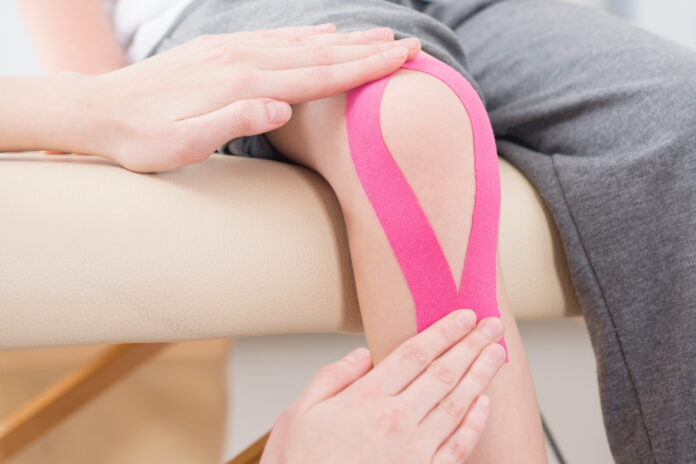
By Winston Lee L. Ac, Ph.D., KMD
As a practitioner, we don’t need to stick to one treatment method for a symptom. We are not a researcher who needs to get a meaningful and objective result out of experiments and control groups. We are a practitioner who should show acceptable treatment results for our patients with flexible approaches. That’s why I always stock a certain amount of knee and back support devices and consider prescribing those to patients who are in need without hesitation.
Speaking of the supportive method, patients show two different ways to take my advice for using a supportive device.
They never think about using the knee and back support devices. Instead of using the proper instruments, they tend to rely on over-the-counter painkillers or other chemical medicines prescribed by medical doctors. Or they wear it without appropriate information, and consequently, this misusing make the symptom worse. So we are to give them the proper instruction depending on the patient’s situation and complications.
Knee support, which is recommended to reduce pain and to support structure, is an elastic band or brace. The knee support protects the knee joint and produces compression to the patella bone and its surrounding tissue and structure. It can physically add some power to sustain body weight and create more stability, which can make less fraction at patellofemoral, patello-tibial, femoral-tibial joints, including meniscus cartilage. When the patient has swelling on the knee, this compression band certainly decreases it in a short period.
There are supportive research results for using knee support. “Valgus Bracing for Knee Osteoarthritis: A Meta-Analysis of Randomized Trials” is one of the research results. The researchers included six different studies in the analysis and concluded that the brace could lead to improvements in pain.
The cost of a band is only $10 to $50 only, and it can result in good effect instantly without any damage or risk against the liver and kidney. How cost-effective it is.
But you have to know that there are not many patients who want to wear knee support. The same research article that I quoted earlier shows that compliance was an issue ranging from 45~100%. About 25% of patients reported minor complications or problems with using their brace. The most common complaints about using the support are skin irritation, a feeling of stiffness, lack of benefit, and discomfort.
You should explain the benefits of wearing and ways to avoid factors that cause compliance issues regarding knee support to your patient before you recommend it.
The primary role of back support is that it can take the place of core muscles such as the erector, quadratus lumborum, abdomen muscle. In recent researches, they realized that the ‘Core Muscles’ which support the spine and torso are practically more critical than other prominent and well-known muscles in the arm, leg, and hip. It became clear that the chances to get an injury from workout or sports are way lower than other people once the core muscles are well developed. This is why many professional athletes such as marathon, golf, baseball, and basketball players are taking knee and elbow band or sports taping while they are doing their sports.
Nevertheless, it’s not good to take the supporting band all day long, and the pressure must not be excessive. If they are wearing the band for one whole day, the muscle fiber is going to shrink because the supporting muscle never works at all. It’s like taking a complete orthopedic cast when they get a fracture in their arm or leg. After removing the cast, anyone can easily compare the difference in muscle mass on where the cast was and was not.
There is one more precaution you have to explain to your patient. A small number of back pain patients try to lift more massive objects with a supporting band and get additional injuries. Tell your patients like this, “if you cannot do it without the brace or supporting band, do not do it with the band.”
So I always recommend my patients, “Wear the supporting band less than Four hours a day.” If they use it too much daily, it could delay the recovery. Also, if they put too much pressure on the band, blood and lymphatic circulation soon stopped significantly. It means that the healing process is halted abruptly, and the process of recovery from damage also is stopped at the same time.
Once again, teach patients about the proper usage of the knee and back support based on your clinical experience. The more helpful the patient is, the better.
































